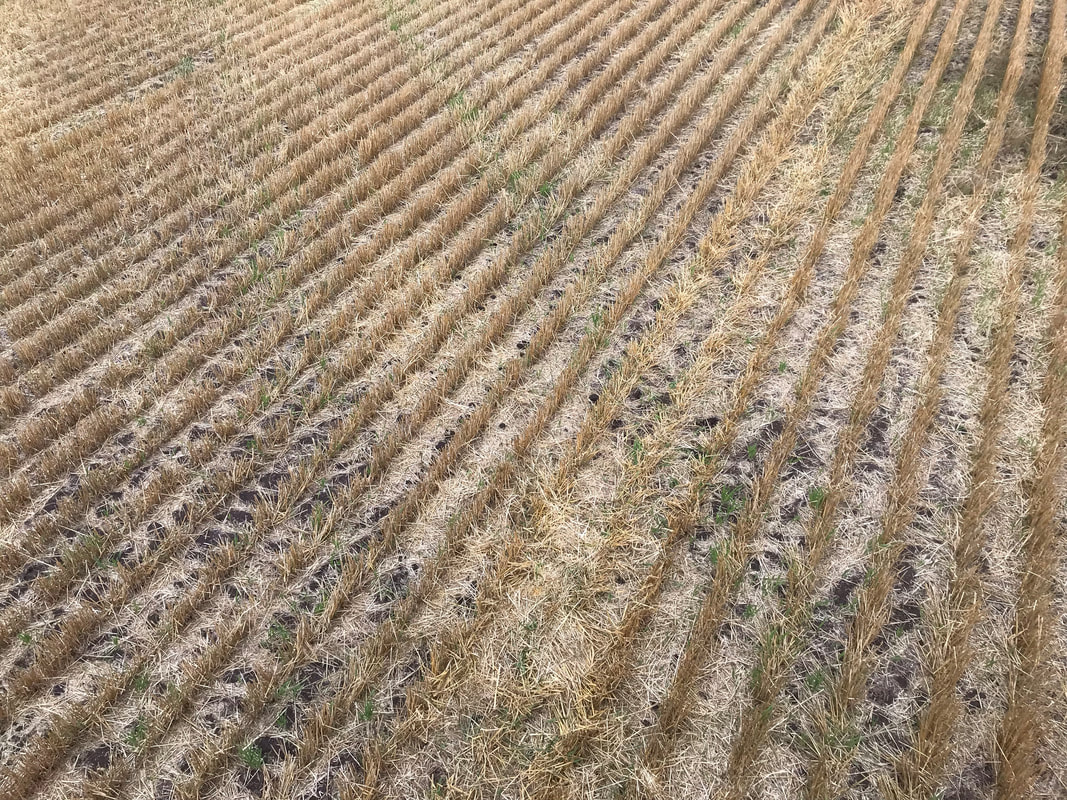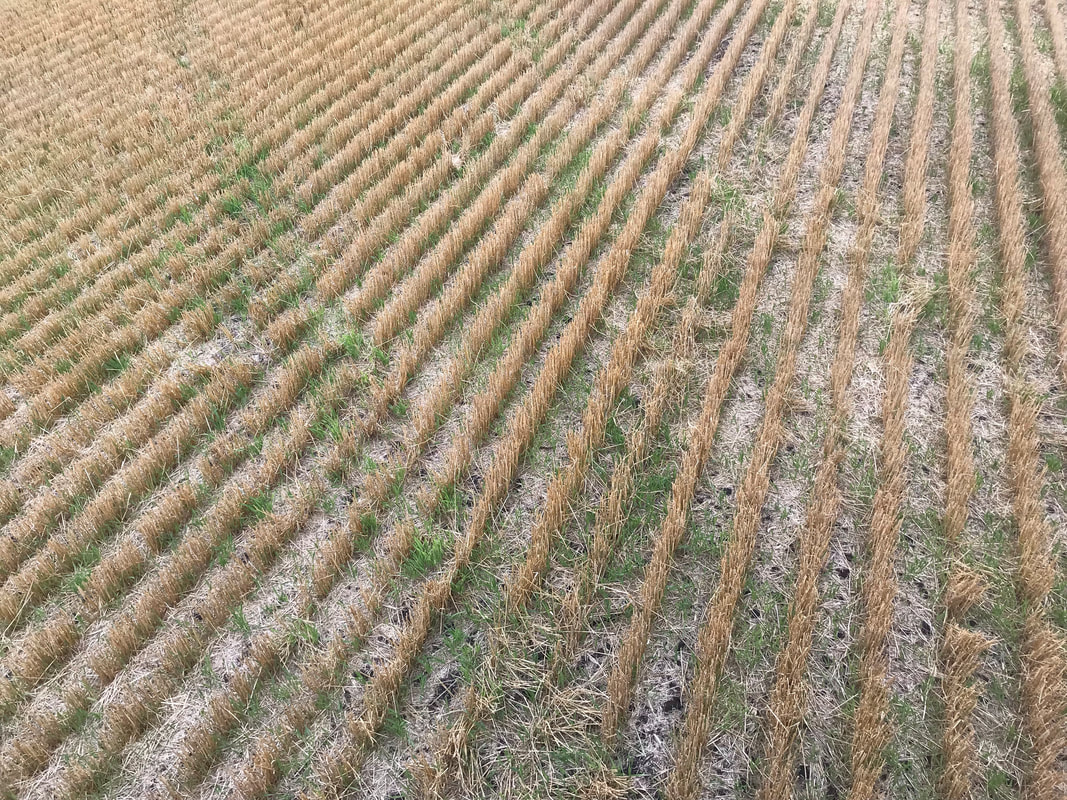|
Damien Gooding runs through his family operation in Dumbleyung Western Australia, targeting his ryegrass with Seed Terminator's attached to both of his Case IH combines. Damien joined us in 2017, with a second unit added to his operation in 2021. This film was created by Matt & Honni of Ascend Films; we'd like to give a big thanks to Damien and Megan Gooding, his brother Ross Gooding with a special thanks to his dealer group Farmers Centre 1978 and Brett Asphar. Keep an eye out for their "Red Tractor Wheat Free Oats" in your local supermarket, grown on their farm and distributed nationally.
0 Comments
Cameron Waters runs through his family's 3,000-hectare operation in Yerecoin, Western Australia, targeting his wild radish seed bank with a Seed Terminator attached to the back of his Case IH 7240. Cameron joined us in 2017 and 2021 will be his 5th harvest with the Seed Terminator. This film was created by Matt & Honni of Ascend Films, we'd like to give a big thanks to Cam with a special thanks to his dealer group Boekeman Machinery and Brett Asphar. Mick Schutz talks about his family farming operation in Grass Patch, Western Australia and how the Seed Terminator fit into his farming operation, allowing him to farm for the future. Big thanks to Mick for sharing his story and Matt from Ascend for putting this together, with a special mention to the AFGRI Esperance team. Tom Brown runs through his 4500ha operation in Beaumont WA and how the Seed Terminators fit in his farming system. This film was created by Matt & Honni of Ascend Films, we'd like to give a big thanks Tom Brown of Hills Plains, Esperance, Western Australia with a special mention to AFGRI Esperance branch. Josh Lade runs through his 16,000-acre operation in Central Saskatchewan Canada and how the Seed Terminators target the 'incredible hulks' of weeds seeds at harvest. This film was created by Matt & Honni of Ascend Films, we'd like to give a big thanks to Josh Lade of Canada with a special thanks to our Canadian film crews Trevor Thoms of EpicJib Aerial Media for the drone footage and Chris Sikorsky of Sik Pics for the interview footage. A great Canadian story. Josh Lade, our Canadian counterpart, was posed the question "You've had the Terminator in use for a year or two now, are you noticing a reduction in the weed growth the following year?" His response was evident in these photos.
Kim gives us a rundown on his farming operation in Lake Grace in Western Australia and how his Seed Terminators fit into their cropping enterprise. Craig Larke runs through his farming operation and how the Seed Terminator performed on both his John Deere's over the 2018 harvest. Ben Hobley, [the man with two Masseys+ST combos] runs through his farming operation and how the Seed Terminator performed on both of his Massey Ferguson 9560's over the 2018 harvest. Jerome Candeloro from Tooday WA talks us through his family farming operation and how the Seed Terminator went over the 2018 harvest. |
Home
Seed TerminatorConversations with Farmers |
© COPYRIGHT 2020. ALL RIGHTS RESERVED.
|



 RSS Feed
RSS Feed